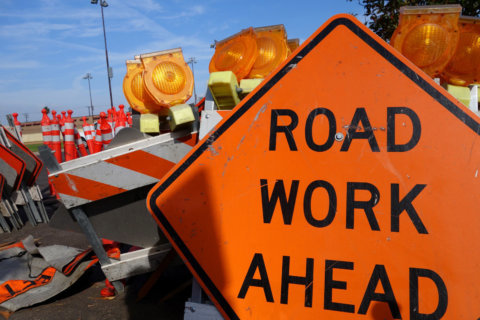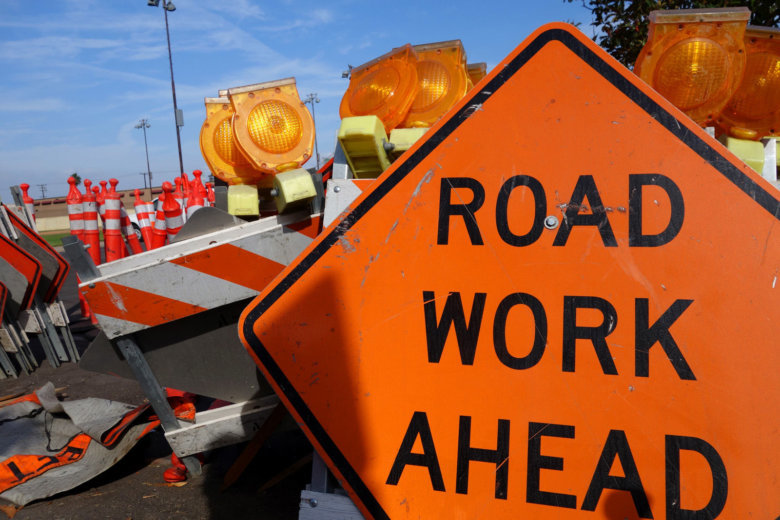
Starting Tuesday, drivers on the southern portion of the George Washington Parkway will likely see road crews, lane closures and likely increased backups.
It’s part of the National Parks Service’s plan to restripe that part of the road and include a road diet to change one of the southbound lanes into a turning lane.
The project will focus on the George Washington Parkway from Alexandria, Virginia, all the way to its terminus near George Washington’s Mt. Vernon estate.
“We’re actually going to start restriping the parkway on the Mount Vernon side moving northbound. We’ll restripe, in kind, all the northbound lanes all the way to Alexandria. And then later this fall will begin restriping the southbound lanes,” said Park Ranger Aaron LaRocca. “Some of the restriping of the southbound lanes will also include reducing a lane southbound to create a traffic calming device known as a road diet.”
Drivers will see this diet from Stratford Lane and Tulane Drive, or where the parkway does not have an existing median.
The service said a traffic study they conducted concluded the dieted road could handle the same traffic volume as the two-lane configuration.
“Then at Bellevue and Belle Haven intersections with the parkway, we’ll be putting some bollards in the roadway so that motorists have really clear defined movements that they can make through those intersections,” LaRocca added.
Expect to see lane closures during weekdays. The National Park Service said crews will work on the northbound lanes starting at 9 a.m. and finish by 6:30 p.m. When they move to the southbound lanes, they will start earlier, at 5 a.m., and finish at 2 p.m. before the afternoon rush.
The changes are intended to make the parkway safer for drivers, pedestrians and bicyclists while maintaining its historic feel. In April, the park service announced the changes after concluding a yearslong safety study.
“We undertook a study called the South Parkway Safety Study, where we went to the public kind of a two different occasions. Very early on in the study, we laid out a map of the parkway out onto the table and said, ‘You use this road, what is your experiences? What are your suggestions for the park service to further evaluate about ways to improve safety?’ We took all of those different recommendations. We filtered them for what would be appropriate for national park in the southern section of the parkway,” said LaRocca.
The project will likely finish by the end of the year.









